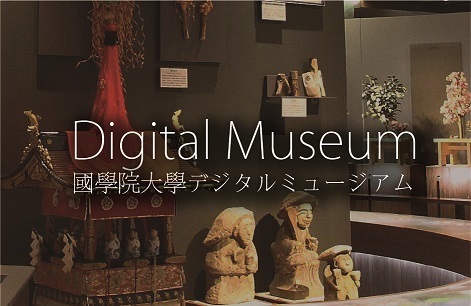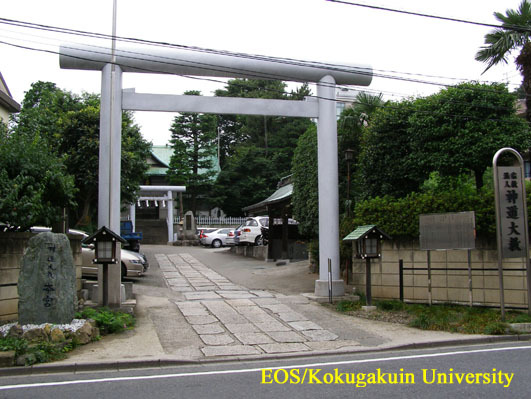- トップ
- Encyclopedia of Shinto
- Shintō Taikyō
Encyclopedia of Shinto
| Main Menu: | |
| Links: |
詳細表示 (Complete Article)
| カテゴリー1: | 8. Schools, Groups, and Personalities |
|---|---|
| カテゴリー2: | Modern Sectarian Groups |
| Title | Shintō Taikyō |
| Text | One of the thirteen sects of prewar Shinto (Shintō jūsanpa). Government administrative circumstances played a great role in the coming into existence of this religious organization. Before 1940, it went under the name Shintō Honkyoku (its formal name was simply "Shintō"). Shintō Honkyoku's origins were intimately tied to the establishment of the Shintō Jimukyoku (Shinto Office; the term Honkyoku meant "Headquarters"), an organization established in 1875 to coordinate sectarian Shinto activities. Organizationally, the Honkyoku was separate from the Jimukyoku, but it eventually took on the role of administering the various Shinto groups under the aegis of the Jimukyoku. In 1885, Shintō Honkyoku established new articles of association which were approved in the following year as it became an independent sect. The Honkyoku was located in Tokyo, first in Surugadai, and later in Tsukiji. Inaba Masakuni (1834-98) took office as its first Superintendent. Inaba was the second son of the feudal lord of the Nihonmatsu Domain in Iwashiro Province (present-day Fukushima Prefecture), but became an adopted son of the feudal lord of Yodo Domain in Yamashiro Province (present Kyoto Prefecture), and after the Meiji Restoration he took office as governor of Yodo. He thereafter immersed himself in the world of Shinto and was deeply involved in religious affairs in the early Meiji era. From this time, Shintō Honkyoku provided a framework to bring together various Shintō-derived religious associations which had not been able to establish themselves as independent religious groups. Its Superintendents after Inaba Masakuni were, in order, Inaba Masayoshi, Honda Yasushige (1835-1912), Hase Nobunari, and Kanzaki Issaku (1867-1938). Of these, the fifth Superintendent Kanzaki Issaku had been especially committed to organizing its proselytizing efforts ever since serving as secretary to the organization. In 1913, the group established the Shintō Taikyōin. As powerful movements such as Konkōkyō and Tenrikyō gained independence as sectarian organizations, however, Shintō Taikyō gradually lost its vigor, and following World War II, many other member groups became registered as independent religious corporations as well, with the result that the group's capacity to act as an umbrella organization was considerably diminished compared to its position prior to the war. See also Inaba Masakuni. Headquarters: Tokyo Nominal membership: approximately 40,000 (M) —Inoue Nobutaka |





